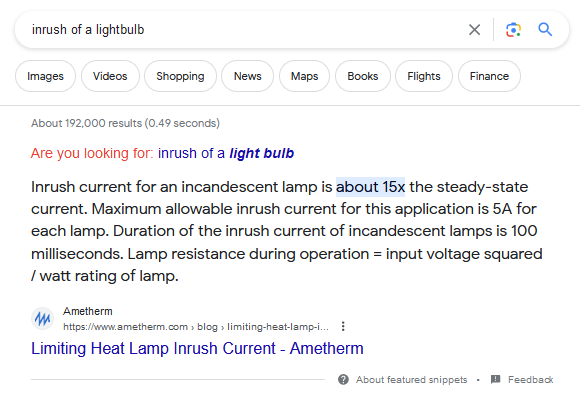normadesmond
Active member
Hi-
Don't come around as often as I used to, but today's tragedy brings me back.
As you can see by the photo, this is my Quasar InstaMatic microwave oven. It holds terribly important memories for me. My long ago departed friend began teaching microwave cooking lessons when Quasar started making ovens. We hooked up just when this was starting for her, Summer 1979. Fast forward to 1988 when ovarian cancer took Marilyn. Her daughters gave me everything in her kitchen since they didn't need anything & I've been using that oven as my "daily driver" since then. Only time it ever let me down was when the light bulb FINALLY blew out. Being that I'm an electrical/technical imbecile I was pretty pleased with myself that I got the oven opened up & got a new bulb into it!
Tonight, as I pressed START the oven & the touch pad/clock went dark. Nothing.
No, it's not the outlet.
Even thought I'm electrically challenged I realize this oven is 44 years old, does anyone think there might be a way to repair it? It just kills me to throw it out.
Thank you!!!

Don't come around as often as I used to, but today's tragedy brings me back.
As you can see by the photo, this is my Quasar InstaMatic microwave oven. It holds terribly important memories for me. My long ago departed friend began teaching microwave cooking lessons when Quasar started making ovens. We hooked up just when this was starting for her, Summer 1979. Fast forward to 1988 when ovarian cancer took Marilyn. Her daughters gave me everything in her kitchen since they didn't need anything & I've been using that oven as my "daily driver" since then. Only time it ever let me down was when the light bulb FINALLY blew out. Being that I'm an electrical/technical imbecile I was pretty pleased with myself that I got the oven opened up & got a new bulb into it!
Tonight, as I pressed START the oven & the touch pad/clock went dark. Nothing.
No, it's not the outlet.
Even thought I'm electrically challenged I realize this oven is 44 years old, does anyone think there might be a way to repair it? It just kills me to throw it out.
Thank you!!!











